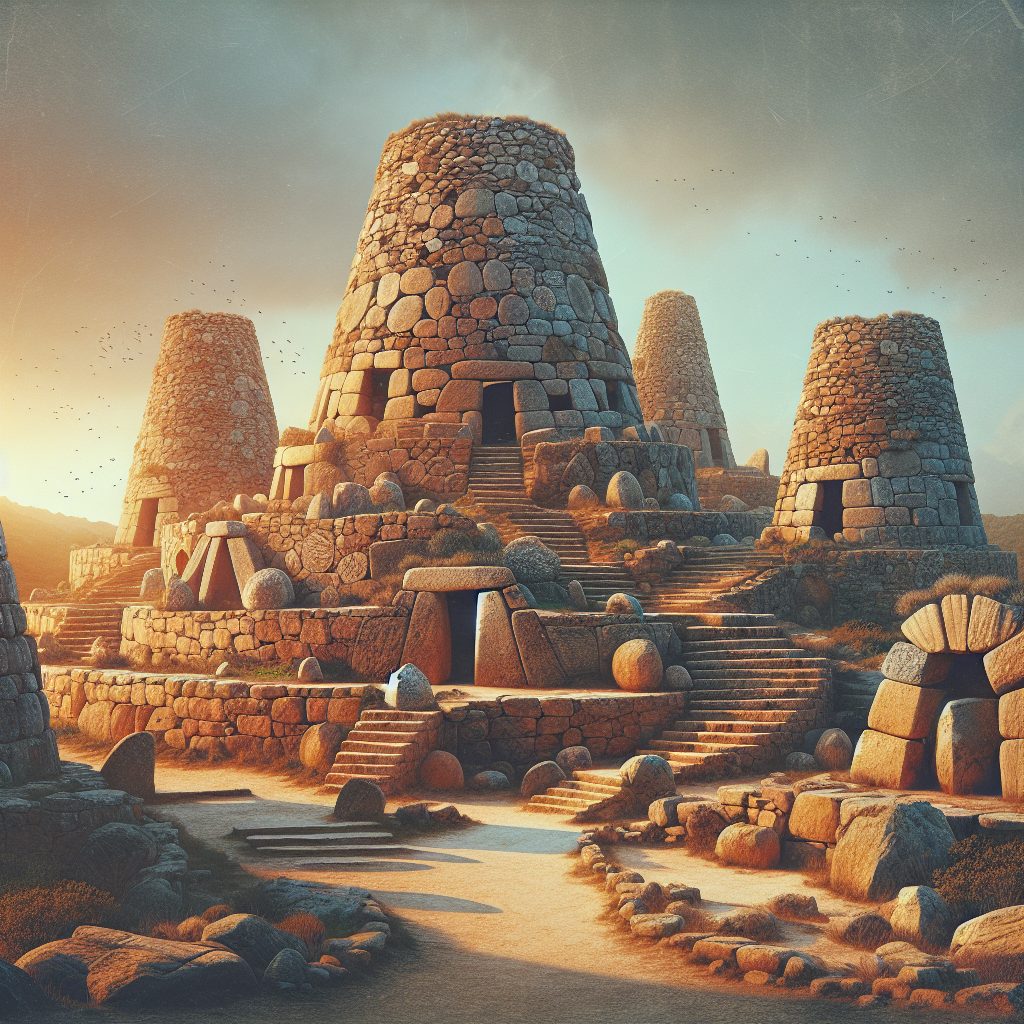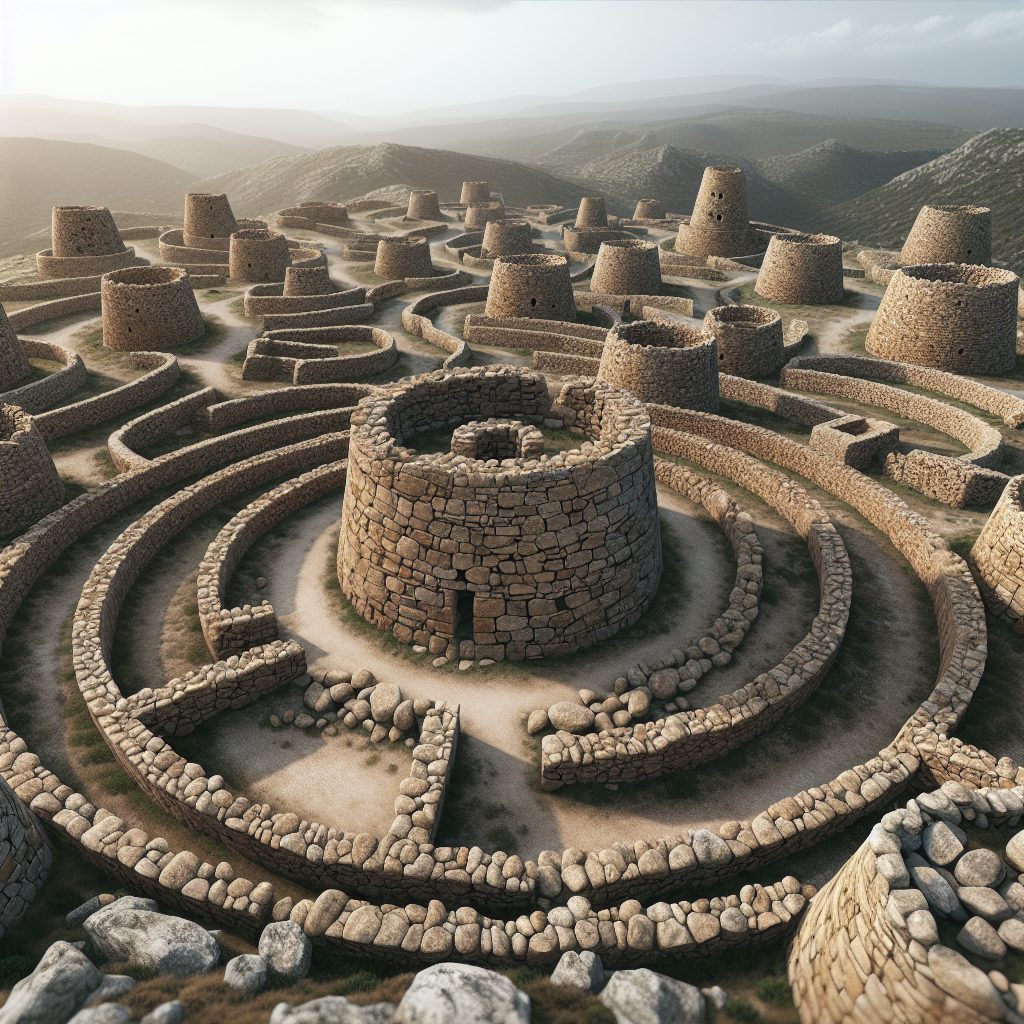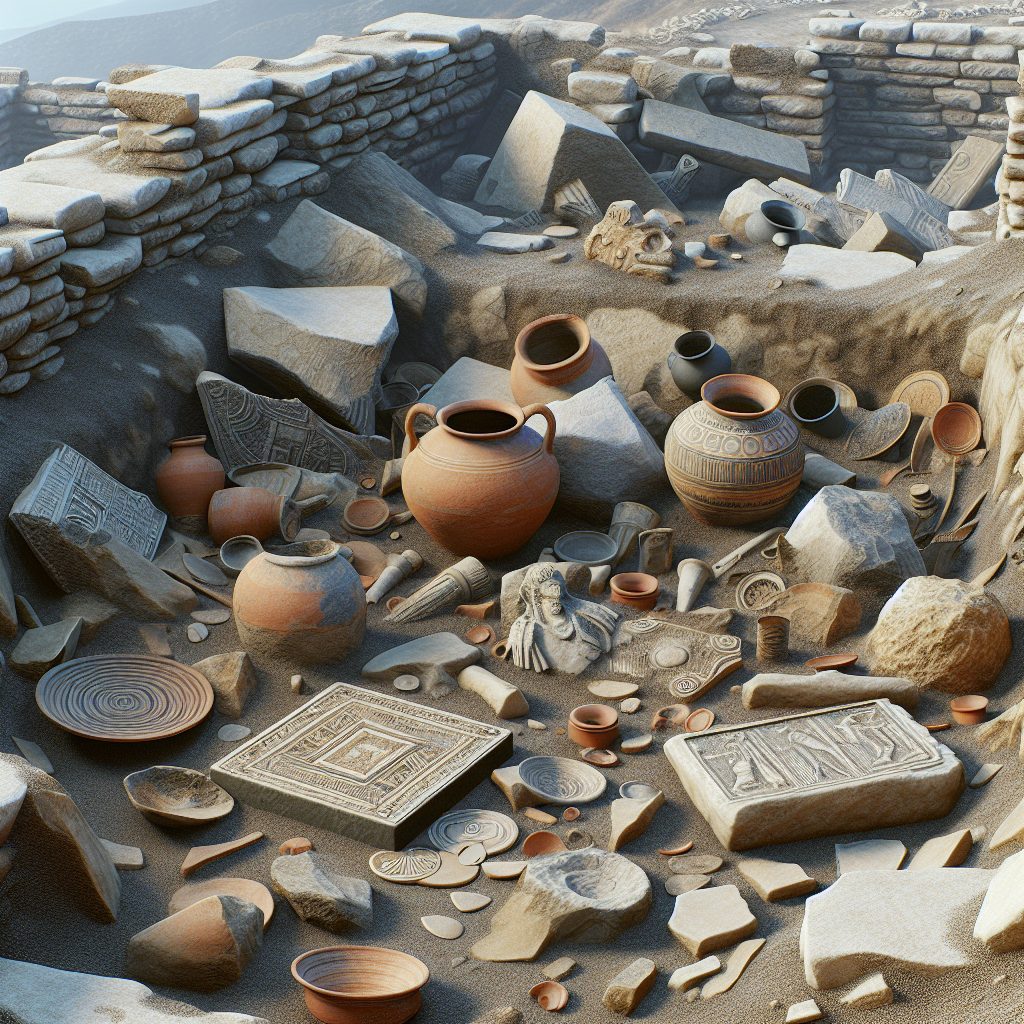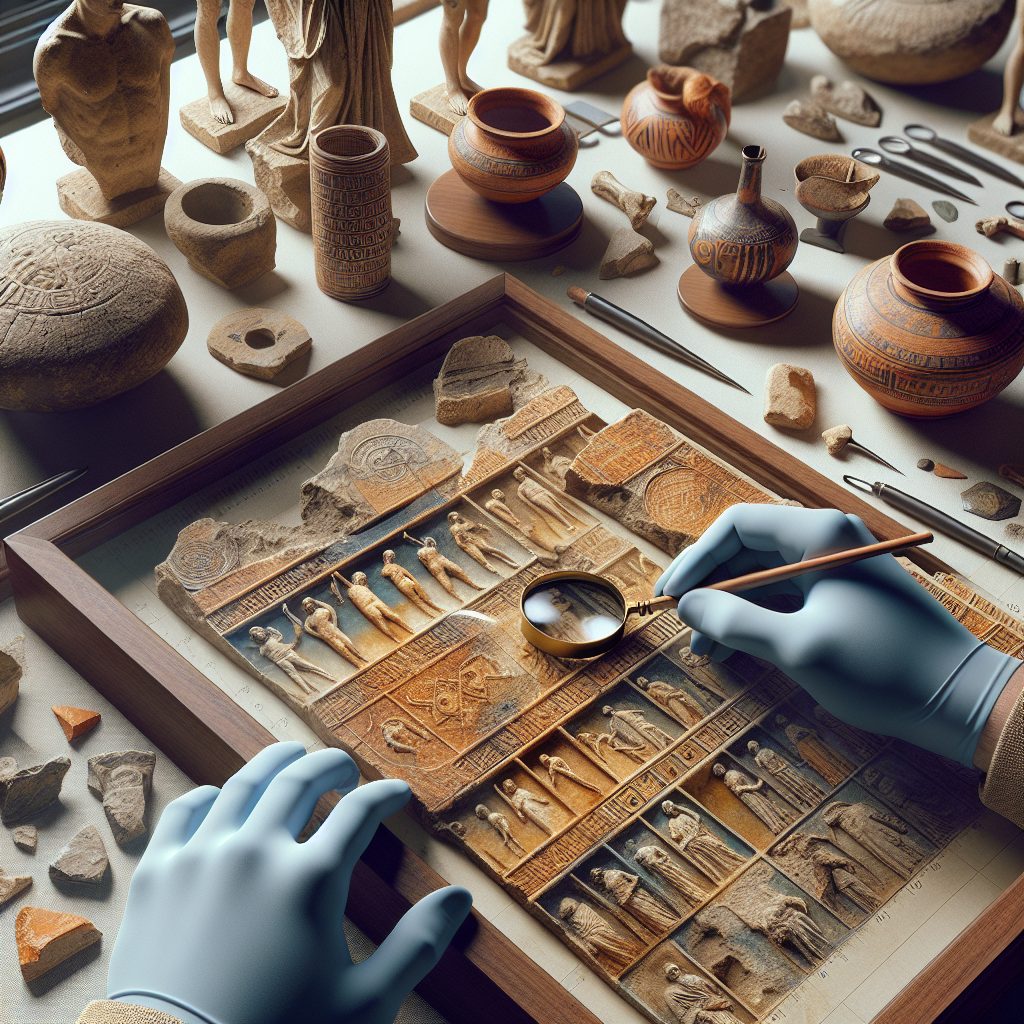Nuraghe Architecture Secrets refer to the hidden mysteries and intriguing features of the ancient stone structures found in Sardinia, Italy. These unique archaeological sites, dating back to the Bronze Age, are characterized by their distinctive conical shape and intricate construction. The term “Nuraghe” derives from the word “nurra,” meaning heap of stones in the Sardinian language.
One of the most fascinating aspects of Nuraghe architecture is their ingenious use of stones without any mortar or cement. Built solely using interlocking stones, these structures were built to withstand the test of time. The precise construction techniques and ingenious design of the Nuraghe complexes highlight the advanced engineering skills possessed by the ancient inhabitants of Sardinia. These mysterious structures were not merely defensive forts but served as complex communal settlements, believed to be communal residences, workshops, and places of worship. Such detailed planning and construction are a testament to the sophistication of ancient Sardinian society.
Now that we have explored the intriguing world of Nuraghe architecture, let’s delve deeper into its key features and significance. In the upcoming sections, we will unravel the architectural marvels of Nuraghe complexes, discuss their historical context, and examine the cultural and archaeological implications. Additionally, we will explore the possible purposes and functions of these enigmatic structures, shedding light on the centuries-old secrets that continue to captivate historians, archaeologists, and curious minds alike. So, without further ado, let’s embark on a journey into the enigmatic world of Nuraghe Architecture Secrets.
Key Takeaways
1. Nuraghes are ancient stone structures found in Sardinia, dating back to the Bronze Age, built by the Nuragic civilization. They were primarily used for defensive purposes and played a significant role in the island’s history.
2. The structures of nuraghes are characterized by their distinct conical shape and thick walls made of stone. They were built using a technique known as corbelling, where each layer of stone extends inward slightly, creating a beehive-like structure.
3. Nuraghes were not only used for protection, but also served as dwellings, with several rooms inside. They often had a central tower, surrounded by smaller chambers, interconnected via a complex maze of corridors and stairways.
4. The purpose of the intricate layout of nuraghes remains a mystery, but it suggests a sophisticated understanding of fortress architecture. The complexity may have served as a defensive measure, making it difficult for assailants to navigate through the structure.
5. Nuraghes are a testament to the advanced engineering skills of the Nuragic civilization, showcasing their ability to construct monumental and intricately designed structures. These ancient architectural marvels continue to captivate researchers and tourists alike, providing insights into the rich history and culture of Sardinia.
What are the Secrets Behind Nuraghe Architecture?
The Origins of Nuraghe Architecture
Nuraghe architecture refers to a distinctive ancient type of stone construction found exclusively in Sardinia, Italy. This architectural style dates back to the Bronze Age, making it one of the earliest examples of human engineering and design. The true origins of Nuraghe architecture are still debated by experts, but these impressive structures have left behind numerous secrets waiting to be unraveled.
The Unique Design of Nuraghe Structures
Nuraghe structures exhibit a unique and striking design. These ancient buildings are primarily made of large stone blocks, carefully stacked without the use of mortar. The central feature of a Nuraghe is its main tower, which can vary in height and shape. The towers often have multiple floors, connected by internal staircases, and are surrounded by additional walls and chambers. The design of Nuraghe structures is not only visually striking but also serves various purposes, several of which remain shrouded in mystery.
Purposes of Nuraghe Architecture
While the primary function of Nuraghe structures is still a subject of debate, experts believe that these buildings served multiple purposes. Some theories suggest that Nuraghe towers were used as defensive structures, providing protection against outside threats. The strategic positioning of these towers and their complex layout further support this hypothesis. Other researchers propose that Nuraghe architecture was related to religious or ceremonial practices, offering a space for ritualistic activities.
The Intriguing Construction Techniques
The construction techniques employed in Nuraghe architecture are fascinating and continue to baffle experts. The precise fitting of the massive stone blocks without any mortar is a remarkable feat, showcasing the advanced engineering skills of the builders. Additionally, the strategic use of corbelling, where stones are progressively offset to create the unique circular shape of the towers, adds to the architectural intrigue. Uncovering the secrets behind these construction techniques provides invaluable insights into the technological capabilities of ancient civilizations.
Unraveling Nuraghe Architecture Secrets
Despite considerable research, many secrets surrounding Nuraghe architecture remain unresolved. Archaeologists, historians, and other experts continue to study these magnificent structures, aiming to uncover their true purpose, cultural significance, and construction methods. The ongoing exploration and scientific analysis shed light on the ancient society that created Nuraghe architecture and the mysteries it holds.
Guides to Understanding Nuraghe Architecture Secrets:
- How to interpret the intricate carvings found in Nuraghe structures?
- What tools and techniques were used to move and position the massive stone blocks?
- Exploring the connection between Nuraghe architecture and the surrounding landscape.
- Understanding the potential role of Nuraghe structures in daily life.
- The significance of Nuraghe architecture in the broader context of ancient Mediterranean civilizations.
Frequently Asked Questions
1. What is Nuraghe architecture?
Nuraghe architecture refers to the unique ancient megalithic structures found in Sardinia, Italy. These structures, known as nuraghes, consist of large stone towers and fortified settlements, exhibiting advanced engineering skills of the Nuragic civilization that thrived between 1900 and 730 BCE.
2. How were Nuraghes constructed?
Nuraghes were constructed using massive stone blocks without the use of mortar. The stones were carefully stacked to form tower-like structures with elaborate corridors, chambers, and staircases.
3. What was the purpose of Nuraghes?
The purpose of Nuraghes is still a topic of debate among historians and archaeologists. They are believed to have served as defensive structures, residences for the elite, or as symbolic monuments representing the power and wealth of different Nuragic communities.
4. How many Nuraghes are there?
It is estimated that around 7,000 nuraghes were built across Sardinia, but many have been lost over time due to natural disasters and human activities. Today, approximately 3,000 nuraghes still stand, scattered throughout the island.
5. Are Nuraghes open to the public?
Yes, many Nuraghes in Sardinia are open to the public. Some have been restored and transformed into archaeological sites or museums, allowing visitors to explore their intricate architecture and learn about the Nuragic civilization.
6. Can you enter the interior of a Nuraghe?
Although some Nuraghes allow visitors to explore their interiors, not all are accessible due to safety reasons or ongoing restoration work. It is best to check with the specific site or museum beforehand to know if entry inside the Nuraghe is permitted.
7. Where can I find the most impressive Nuraghes?
There are several notable Nuraghes in Sardinia. Some of the most impressive ones include Nuraghe Su Nuraxi in Barumini, Nuraghe Losa in Abbasanta, and Nuraghe Santu Antine in Torralba. These sites offer a fascinating glimpse into the ancient Nuragic civilization.
8. Are there any theories about Nuraghe architecture that remain unanswered?
Indeed, there are still unanswered questions and mysteries surrounding Nuraghe architecture. Scholars have debated the precise techniques of construction, their societal significance, and the functions of specific architectural elements within Nuraghes.
9. Can I visit a Nuraghe without a guide?
While some Nuraghes offer guided tours, it is possible to visit many Nuraghes independently. However, having a knowledgeable guide can enhance the experience by providing historical context and detailed explanations of the architectural features.
10. How can I learn more about Nuraghe architecture?
To learn more about Nuraghe architecture, you can visit archaeological museums and research centers dedicated to the Nuragic civilization. Additionally, various books, documentaries, and online resources provide valuable insights into the secrets and wonders of these extraordinary ancient structures.
Final Thoughts
Exploring the secrets and mysteries of Nuraghe architecture is like embarking on a fascinating journey through time. These megalithic structures are not only remarkable feats of engineering but also tangible links to an enigmatic ancient civilization. As we delve deeper into understanding the Nuragic culture, each visit to a Nuraghe fills us with awe, ignites our curiosity, and encourages us to appreciate the profound architectural legacy left behind by our ancestors.
The enduring allure of Nuraghe architecture lies in its ability to captivate our imagination and shed light on a lesser-known chapter in human history. From the intricate construction techniques to the purposeful design, Nuraghes stand as reminders of the innovation and ingenuity of the Nuragic people. Exploring their secrets opens doors to connecting with our past, awakening a sense of wonder, and realizing the importance of preserving these timeless architectural marvels for generations to come.






